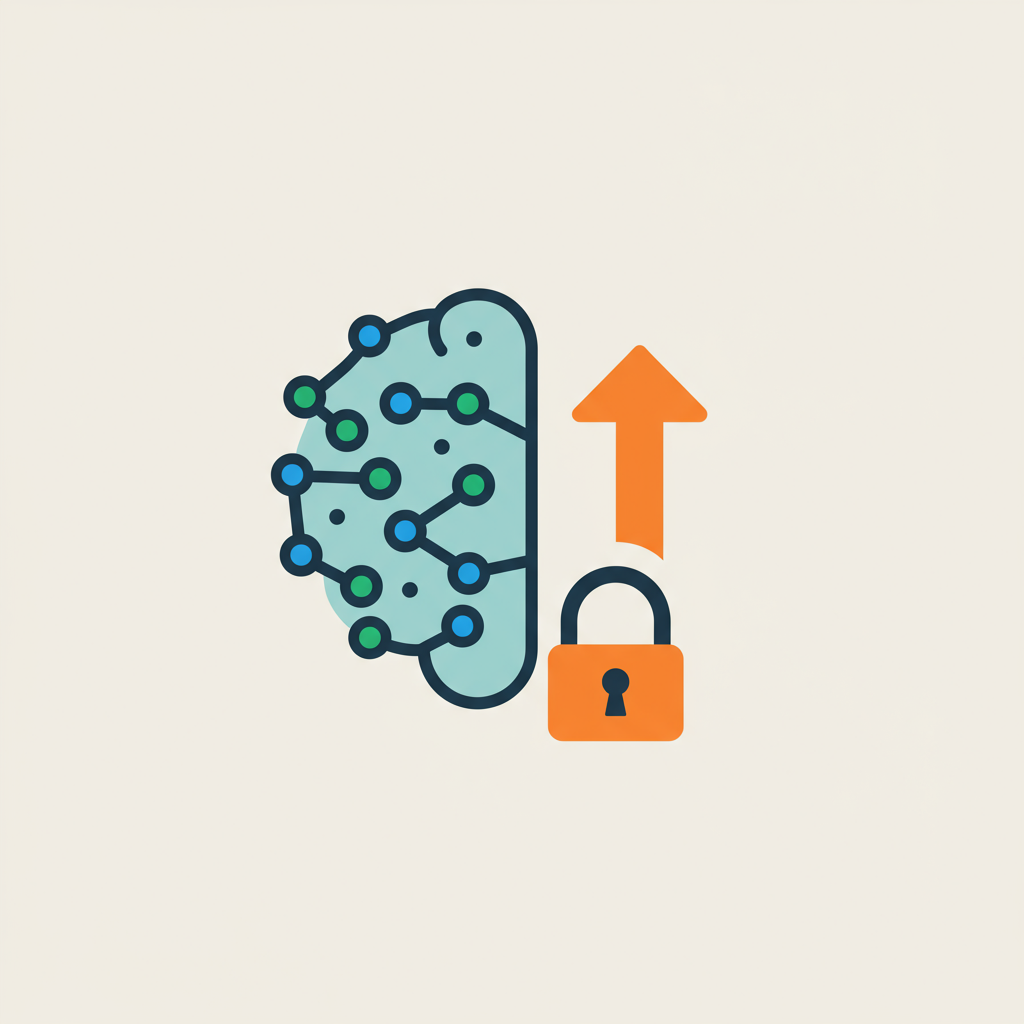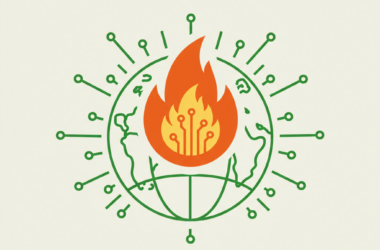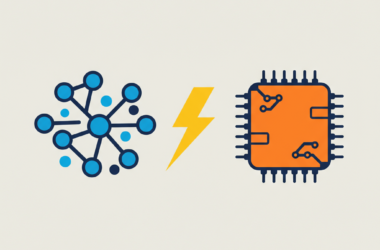
Hugging Face, a leader in advancing artificial intelligence, has significantly revamped its approach to managing sensitive configuration data as its platform grew. With millions of builders deploying models, the need to streamline the handling of secrets became critical to maintaining both efficiency and robust security.
The engineering team embarked on an effort to overhaul how secrets and credentials were managed across its environments. After exploring various tools, including options known for enterprise-level complexity, the team ultimately adopted a solution that offers intuitive workflows, multi-cloud abstraction, and enhanced security features.
As the organization expanded its infrastructure from a single-cloud setup to a diverse environment incorporating multiple cloud providers, the challenges of managing secrets grew. These challenges included:
- Increased risk of secret sprawl due to inconsistent management across different environments.
- Complicated permission structures that required fine-tuned, role-based access control integrated with the company’s SSO system.
- Issues in local development where reliance on traditional configuration files compromised both security and productivity.
- The burden of manual secret rotation, made evident after a security incident involving exposed credentials.
The team sought a solution that not only supported infrastructure-as-code practices and project-specific secret management but also struck a smooth balance between automation and manual oversight during deployments. The chosen approach allowed for a reorganization of internal project structures into distinct infrastructure and application domains, thereby establishing clearer responsibilities and standardized secret rotation practices.
Central to this new methodology was the integration of a Kubernetes Operator designed for the selected secrets management platform. This operator continuously monitors updates to secrets and ensures that any changes are automatically reflected in corresponding Kubernetes objects. When a secret is updated, the operator can trigger the necessary updates or container reloads, although the team often prefers manual redeployments to maintain precise control in high-traffic production environments.
The integration was further streamlined by leveraging existing tools such as Terraform, which had previously managed the creation of Kubernetes secrets from legacy configurations. This seamless transition reduced implementation friction while reinforcing security improvements across all deployment environments.
For local development workflows, the platform’s command-line interface enables developers to automatically inject secrets into their environments. This removes the need for insecure local configuration files and aligns development practices with production standards, thereby easing onboarding and daily operations.
Enhancements to security and access management were achieved by integrating the new secrets management solution with existing identity providers. This integration established a granular, role-based access control system by mapping permissions directly from the identity provider’s groups. In addition, the secure secret sharing functionality fosters collaboration among researchers while simplifying the auditing process and automating secret rotations.
The secure design was extended to the entire deployment workflow with seamless integration into CI/CD pipelines. By embedding the secrets management platform into the deployment process via modern authentication methods and infrastructure-as-code tools, every deployment meets stringent security standards while maintaining consistency across environments.
The technical improvements realized through this migration include:
- Eliminating time-consuming manual configuration of secrets, thereby accelerating onboarding and daily development workflows.
- Implementing automated audits and refined access controls that promote faster response times to incidents and a proactive security stance.
- Ensuring consistent secret management practices across various cloud providers, Kubernetes clusters, and CI/CD pipelines to reinforce overall infrastructure reliability.
In the words of a leading infrastructure executive at Hugging Face, the solution has delivered all the functionality and security capabilities needed to enhance the organization’s security posture, streamline local and production workflows, and integrate seamlessly with modern deployment practices.
This transformation underscores the importance of adopting a secure and adaptable approach to secrets management in rapidly evolving technical environments. By making the secure path the easiest path, teams can concentrate on innovation rather than being burdened by security overhead.
For organizations interested in a similar approach, several resources offer detailed guidance and best practices:
- Secure GitOps Workflows: A Practical Guide to Secrets Management
- Kubernetes Secrets Management in 2025 – A Complete Guide
- Platform Documentation
- CLI Reference
This technical case study has been adapted from an in-depth analysis originally published on the platform’s website at https://infisical.com/customers/hugging-face.

Image credit: Hugging Face – Blog








